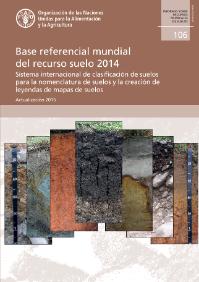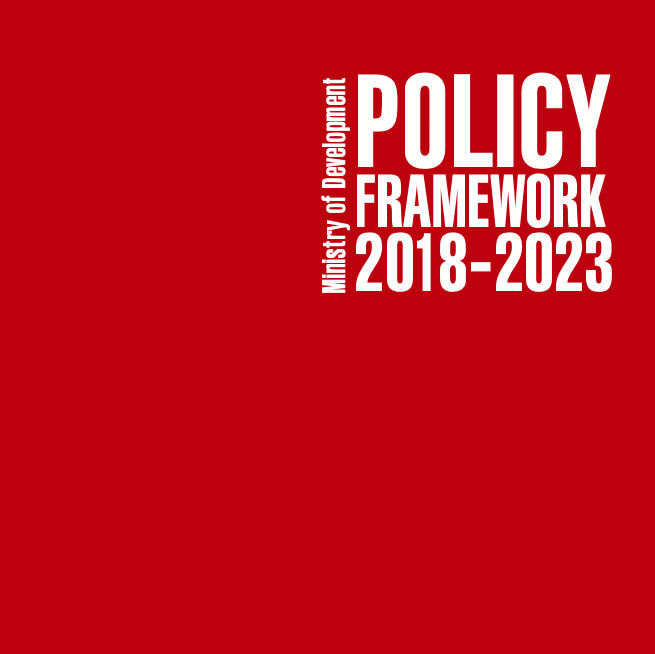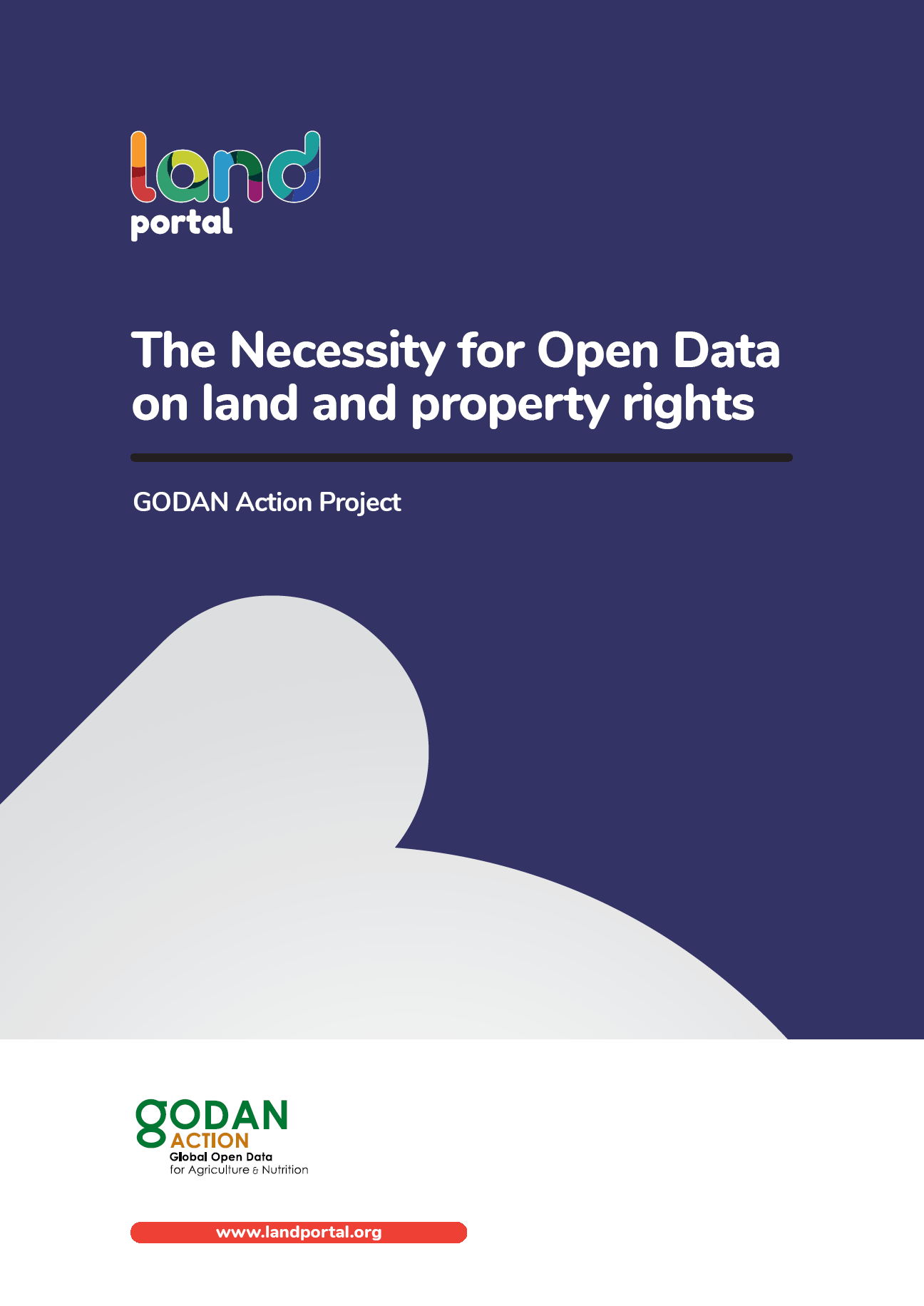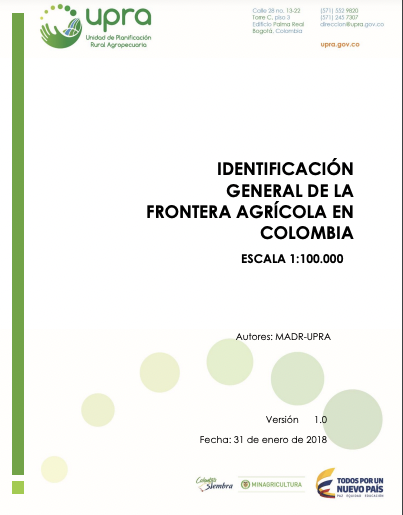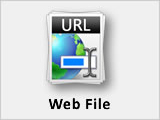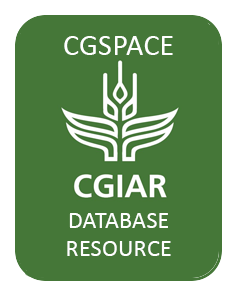A resistência da comunidade quilombola do Forte Príncipe da Beira
A comunidade quilombola do Forte Príncipe da Beira fica no município de Costa Marques, Estado de Rondônia/Brasil. Abrange a extensão de 20.108,8709 hectares em plena região amazônica. Forma parte desses territórios chamados de “Negros do Guaporé” constituídos a partir de distintos processos de territorialização, desde o século XVIII na linha de fronteira entre Brasil e Bolívia...


